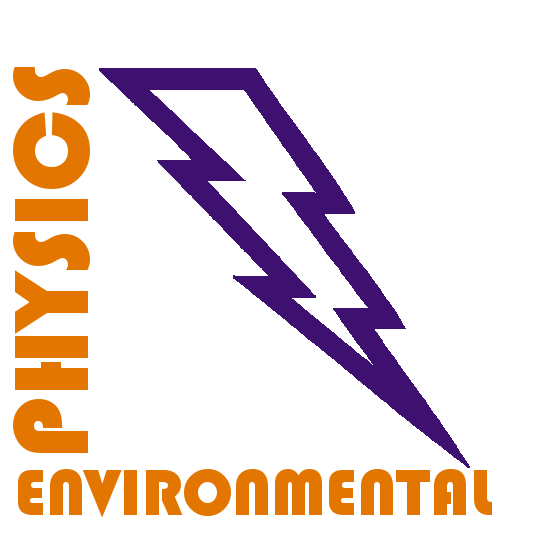Katedra astronómie, fyziky Zeme a meteorológie, FMFI UK, Bratislava, |
Investigation of the transport of gaseous H2O2, HNO2, NO2, and O3 into the bulk water and the electrosprayed microdropletsHassan M.E., Janda M., Machala Z. |
|
Abstrakt: Atmospheric air plasmas in contact with water create so-called “plasma-activated water (PAW)”, containing various reactive oxygen and nitrogen species (RONS). These RONS include long-lived species, e.g., hydrogen peroxide (H2O2), nitrite (NO2-) and nitrate (NO2-) anions, and ozone (O3), and other short-lived species. PAW is effective in killing and inactivating various microorganisms, having potential applications in biomedicine [1] and agriculture [2]. Reactive species in PAW (H2O2, NO2- and NO3-) have the antimicrobial capacity and can promote seed germination and plants growth. PAW is the outcome of plasma-liquid interaction, where gaseous RONS created by plasma are transported into the water. The solubility of the gas species in liquids under the equilibrium conditions is given by Henry’s law solubility coefficient (KH). Gaseous H2O2 and HNO2 dissolving in water have KH: ~103 and 10-1 mol/m3 Pa, respectively, while KH of NO2 and O3 are much lower: ~10-4 mol/m3 Pa. Thus, the solubility of the gaseous RONS varies markedly and even if their gas phase concentrations are similar, the achieved concentration for each species dissolved in the aqueous phase is significantly different. In this work, the transport of gaseous H2O2, HNO2, NO2, and O3 into the bulk water and the electrosprayed (ES) microdroplets is investigated. Gaseous H2O2, HNO2, NO2, and O3 species are provided by several external sources. Air containing ~100 ppm of H2O2 or HNO2 is achieved by bubbling through a vessel with 9.8 M H2O2 or 20 mM HNO2 solution, respectively. 250 ppm NO2 is obtained from a pressure tank by mixing with air. O3 generator is used to make O3, which is mixed with air to get ~450 ppm of gaseous O3. UV-Vis spectroscopy colorimetric methods are used for the chemical analysis of the dissolved species (H2O2, O3, NO2- and NO3-) in the aqueous phase. In the gas phase, the concentration of H2O2and O3 is measured using electrochemical gas sensors. For HNO2 and NO2, the UV-Vis absorption spectroscopic technique is used.
|
|
|

|
|
DOMOV |
| ČLENOVIA |
| VÝSKUM |
| PUBLIKÁCIE |
| ŠTUDENTI |
| LINKY |
|
KONTAKT
|

|
|
Prihlásený(á): igor Odhlásenie |